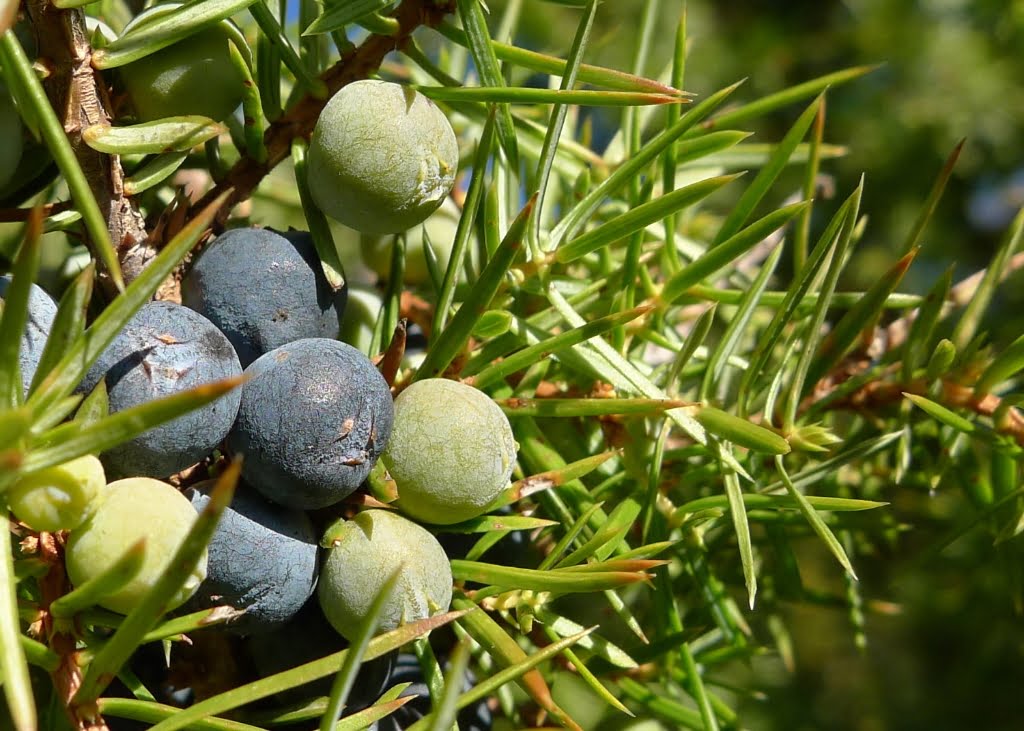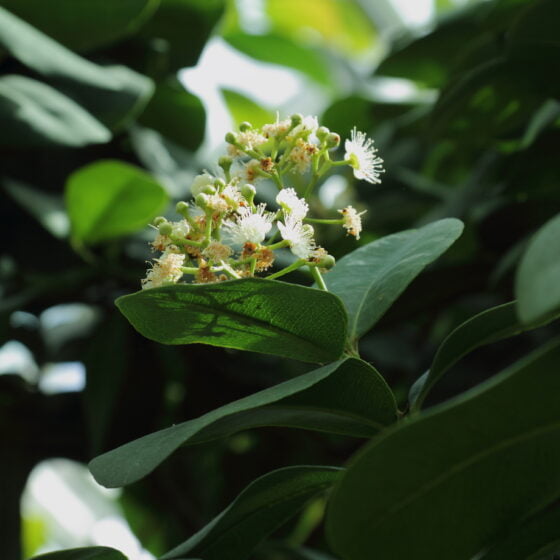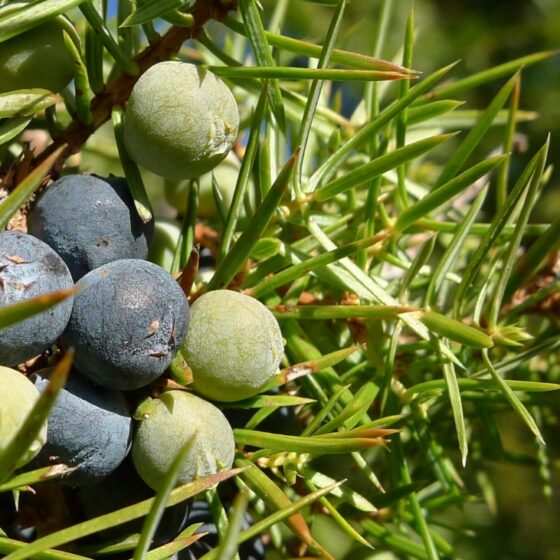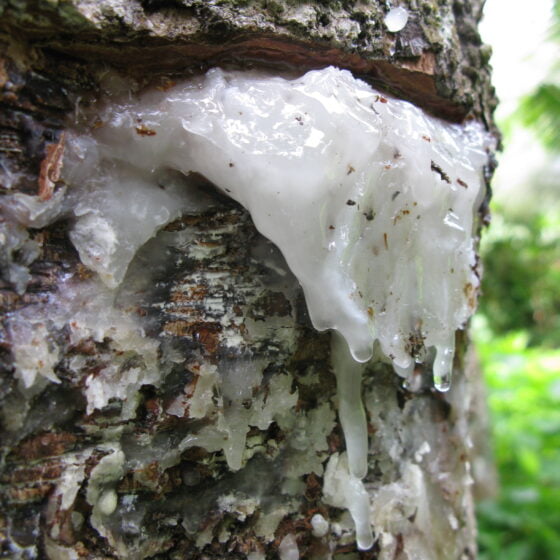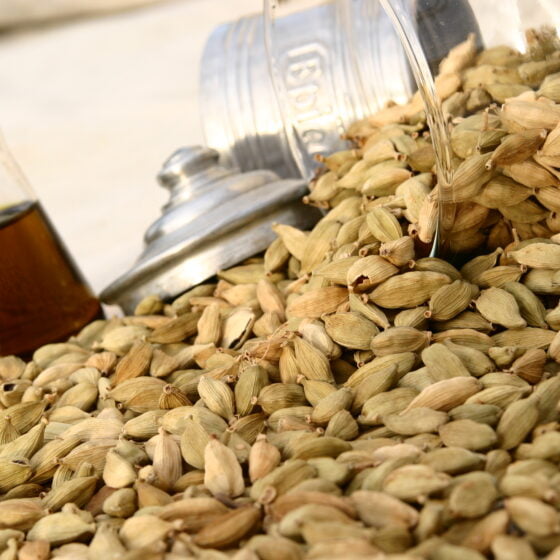
Juniper berry Albania
Juniperus communis
General data
Harvest Calendar
- J
- F
- M
- A
- M
- J
- J
- A
- S
- O
- N
- D
Product details Fragrance side
The characteristic notes of juniper berry allow it to find its place at the heart of aromatic ferns, accompanying similar notes. The essential oil is also found in gin and sweet accords to bring a sparkling and aromatic facet.
Well-being side
Anti-lithiasic, digestive and pancreatic tonic, anti-infectious. Removes negative thoughts, clarifies the mind, helps to separate from old patterns and to regain stability when one feels anxious.
*The aromatherapy properties in this document are excerpted from reference books, scientific articles, or specialized websites and are provided to customer for its information and internal use only. Claims on a finished product remain the responsibility of the company making the finished product available on the market. About
The common juniper is a bushy shrub that grows in the temperate and cold regions of the Northern Hemisphere. It grows wild in Europe, North America, and Asia, where it extends as far as the Himalayas. The tree adapts morphologically to its surrounding climatic conditions: it adopts a slender shape in the flatlands and becomes a creeping plant in mountainous territory. This coniferous tree, covered with sharply spiked needles, bears fleshy green fruit with the characteristic, star-shaped feature. When juniper berries mature after two years, they darken to a purple or blue-black color. They are harvested manually through careful beating of the fruit-laden branches. The ripe berries are then gathered and the unripe berries are left for the next year’s harvest. They are then dried, spread out over mats.
The botanical name Juniperus comes from the Latin juniper, meaning “child,” or junix, meaning “heifer,” and the verb parere, “to bring into the world.” This etymology seems be related to the ancient, juniper-based medications used to facilitate childbirth. Many traditions believe juniper has powers to chase evil spirits from houses and protect newly married couples.
Fragrance side
The characteristic notes of juniper berry allow it to find its place at the heart of aromatic ferns, accompanying similar notes. The essential oil is also found in gin and sweet accords to bring a sparkling and aromatic facet.
Well-being side
Anti-lithiasic, digestive and pancreatic tonic, anti-infectious. Removes negative thoughts, clarifies the mind, helps to separate from old patterns and to regain stability when one feels anxious.
About
The common juniper is a bushy shrub that grows in the temperate and cold regions of the Northern Hemisphere. It grows wild in Europe, North America, and Asia, where it extends as far as the Himalayas. The tree adapts morphologically to its surrounding climatic conditions: it adopts a slender shape in the flatlands and becomes a creeping plant in mountainous territory. This coniferous tree, covered with sharply spiked needles, bears fleshy green fruit with the characteristic, star-shaped feature. When juniper berries mature after two years, they darken to a purple or blue-black color. They are harvested manually through careful beating of the fruit-laden branches. The ripe berries are then gathered and the unripe berries are left for the next year’s harvest. They are then dried, spread out over mats.
The botanical name Juniperus comes from the Latin juniper, meaning “child,” or junix, meaning “heifer,” and the verb parere, “to bring into the world.” This etymology seems be related to the ancient, juniper-based medications used to facilitate childbirth. Many traditions believe juniper has powers to chase evil spirits from houses and protect newly married couples.
Other type of extracts
(Spicy)
